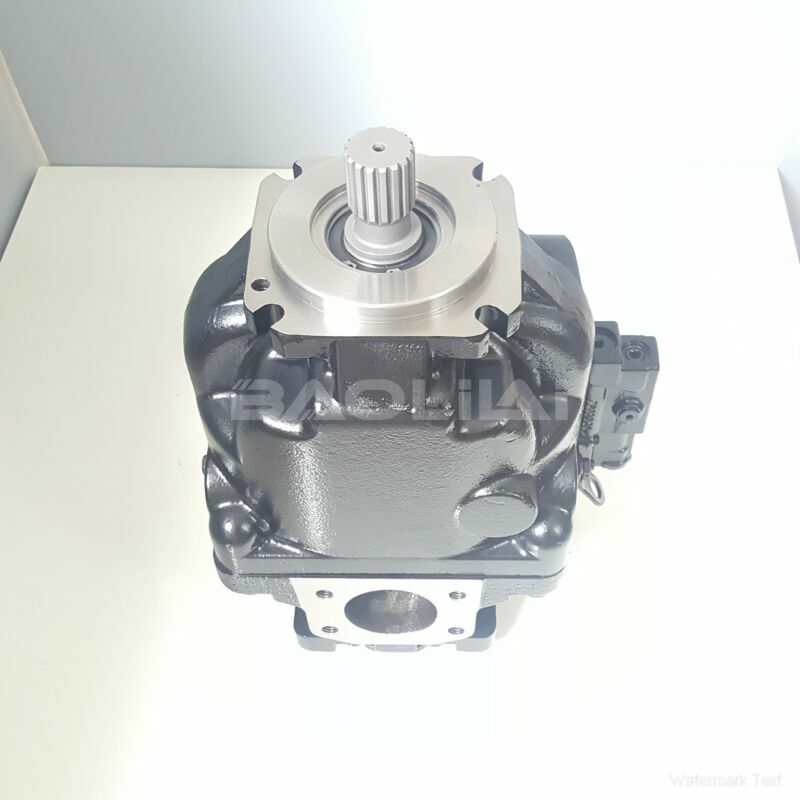ERR100BLS1420NNN3S1RPA1NNNNNNNNNN hydraulic pump
ERR100BLS1420NNN3S1RPA1NNNNNNNNNN hydraulic pump

- Product Details
- Applicable Scene
Additionally, proper fluid selection plays a significant role in minimizing pressure surges. Hydraulic fluids with appropriate viscosity and pressure characteristics can reduce the likelihood of cavitation and compression issues, which can lead to surges. Consulting fluid specifications and understanding the operating conditions of the hydraulic system will ensure that the correct fluid is used.
ER-R-100B-LS-14-20-NN-N-3-S1RP-A1N-NNN-NNN-NNN
ERR100BLS1420NNN3S1RPA1NNNNNNNNNN
Training and educating personnel on the operation and maintenance of hydraulic systems can also help in managing pressure surges. Operators should be aware of the signs of potential issues and how to respond effectively. Regular inspection and maintenance of components, such as pumps, valves, and hoses, can prevent problems before they escalate.

83061929
Lastly, monitoring and diagnostics technology can provide real-time data on system performance, enabling operators to identify abnormal pressure spikes as they occur. Implementing sensors and gauges to track pressure and flow can lead to timely interventions and system adjustments, ultimately enhancing system reliability.
In conclusion, addressing hydraulic pump pressure surges requires a multifaceted approach that combines proper system design, regular maintenance, and the use of effective components like snubbers and relief valves. By taking proactive steps to mitigate pressure fluctuations, industries can improve the efficiency, safety, and longevity of their hydraulic systems, minimizing costly downtimes and ensuring smooth operations.





